Aviation
Will remote Towers enhance Air Traffic Safety ?
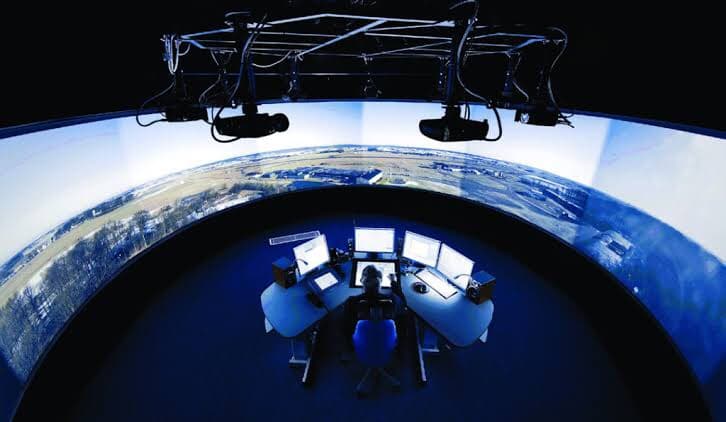
 The growing need for remote towers was one of the hot topics discussed at the Global Air Traffic Management (GATM) conference, held at Dubai Airshow 2019 on the 19 and 20 November.
The growing need for remote towers was one of the hot topics discussed at the Global Air Traffic Management (GATM) conference, held at Dubai Airshow 2019 on the 19 and 20 November.The importance of collaboration across the industry was also a key theme, as delegates heard efficiency was improved when stakeholders, even competing airlines, collaborate with each other in decision making.
The conference was opened by Ibrahim Ahli, Deputy CEO, Dubai Air Navigation Services (dans), who highlighted the vital role of the industry in the day to day running of aviation: “Air traffic management is undoubtedly the backbone of aviation. Any disturbance in air traffic can result in a complete halt of operations within any airport environment,” he said.
Efficient air traffic management is particularly vital at Dubai International Airport (DXB), which saw its billionth passenger pass through in 2019, Ahli said. He added: “Despite the challenges around every corner, our mission is to deliver a seamless operation and a smooth flow of air traffic. None of this could be achieved without the synergy of all our stakeholders.”
Delegates also heard from experts from across the air traffic management industry, who explained how remote towers are already being utilised in a variety of situations amid a growing need for efficiency.
Norbert Haslacher, Chief Executive Officer, Frequentis, described how it had taken seven years from concept to implementation to place remote towers for Saarbrucken and Dresden Airports at Leipzig, 400km away, due to factors including regulation and union requirements.
Robert Graham, Head of Airport Research, Eurocontrol, said remote tower technology would be integrated as airports continue to expand, but, he said physical towers will still have a place at airports for some time to come.
“If we are going to add another runway, do we add another tower, or do we add a remote tower? We are into the world of hybrids, using the virtual tower technology to enhance the safety of the physical tower. I think we have not seen the end of physical towers yet, we are still going to have them for some time, particularly at the larger airports,” he said.
The spirit of collaboration was also highlighted by Kornél Szepessy, CEO of HungaroControl, who signed a deal with Farthan Guliyev, Director of Azeraeronavigation (AZANS) at Dubai Airshow. The two companies agreed to implement the Eurasia-Europe Digital Backbone, allowing for the exchange and storage of aeronautical data between them.
In a keynote speech on day one of the GATM conference, he said stakeholders need to work together. He said: “Closer collaboration between all businesses across the aviation value chain is needed. Only close partnership can deliver efficient cost-effective and seamless services to the common customers of the members of the aviation value chain.”
Insight behind the World’s Top 20 Airlines 2020 by OAG
On day two of the conference, in a key panel discussion on transforming aviation with airport collaborative decision making, David Shomar, Vice President, Civil Security, Saab, said even airlines that are direct competitors need to work together for the sake of efficiency.
He described a strict queuing system instituted at JFK Airport, New York, which meant airlines had to adhere to 15-minute slots for aircraft pushback, to minimise time between push back and take off to prevent fuel wastage.
“If one airline sees there is an opening and they cheat and they go, the system breaks down,” he said, causing aircraft to have to wait, powering up and down, between push back and take off.
Data showed which airline had broken the pattern, he said, and reveals the extra time spent waiting for take off, so airlines then realise they all have to adhere to the system in order to be more efficient.
Delegates also heard how Saudi Arabia has pioneered ways to make the career of air traffic controller appealing.
Despite a global shortage of controllers, Haifa Hamedaldean, Transformation Project Manager, Saudi Air Navigation Services (SANS) said there was currently a 25 per cent surplus of qualified controllers in the kingdom, which had been done strategically to fulfil a future need in collaboration with the General Authority of Civil Aviation (GACA).
Rachel Sturgess, Portfolio Director for GATM, said: “This year’s Global Air Traffic Management (GATM) conference was a productive and insightful event, demonstrating the ways in which emergent technology can be assimilated into the industry to create greater efficiency. We look forward to welcoming key industry players again in 2021 to find more synergies towards creating the air traffic management of the future.”

Aviation
Airbus Enhances A350 Cabin with 10-Abreast Seating
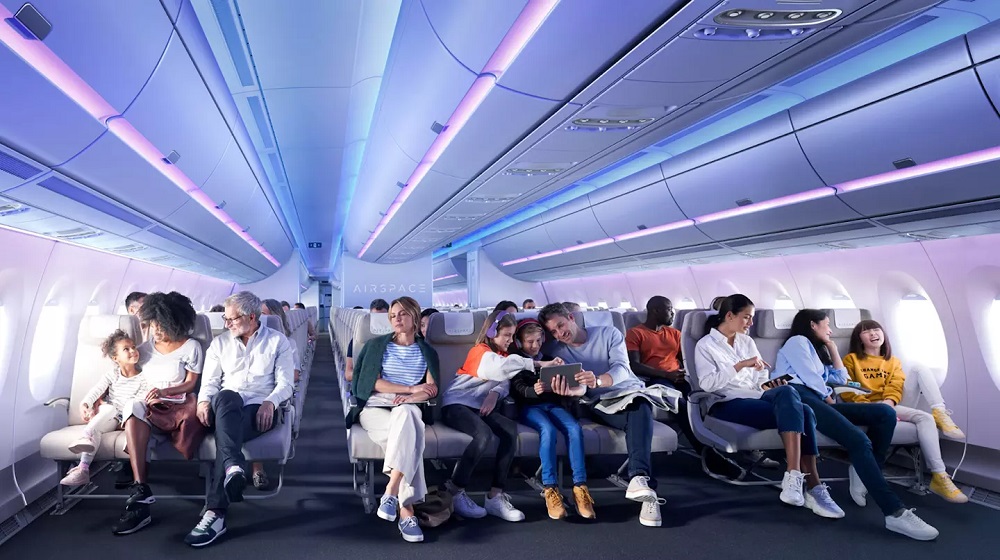
Airbus has announced a new partnership with Jiatai Aircraft Equipment, a Chinese aircraft seating manufacturer, to supply upgraded economy-class seats for the A350 widebody series.
This collaboration, unveiled at the 2024 Airshow China, focuses on developing a newly designed economy seat tailored for the A350‘s New Production Standard (NPS) cabin.
One of the key features of the NPS cabin is the ability to accommodate 17-inch wide economy seats, compared to the previous 16.5-inch wide seats that airlines were limited to in the A350’s earlier configurations.
British Airways Unveils Its Brand-New First Class Cabin for the Airbus A380
This change is made possible by the expanded space in the NPS cabin, which is 35 inches longer and 4 inches wider than the previous version. This extra space is achieved by slightly moving the cockpit wall forward and shifting the rear pressure bulkhead back by one frame.
The wider cabin allows airlines to add up to 30 extra economy seats without compromising comfort. For airlines opting for a 3-4-3 seating layout, the 17-inch wide seats are an excellent choice for a more comfortable passenger experience. However, some airlines, such as Iberia, may choose to retain a 9-abreast layout with wider seats for added comfort.
The NPS cabin also offers enhanced flexibility for airline operators. One major advantage is the ability to easily switch between a 9-abreast and 10-abreast seating configuration without requiring significant downtime for aircraft reconfiguration. Airlines can use the same seat rails, tracks, and IFE interfaces, making the transition smoother and quicker.
Etihad Airways Unveils 10 Exciting New Routes for 2025
In addition, the design of the floor attachments and air-conditioning systems has been optimized for 10-abreast seating, meaning airlines can upgrade their cabins without needing to make substantial modifications to the aircraft’s structure.
Though it’s still unclear when Jiatai’s economy-class seats will be officially added to the A350’s Buyer Furnished Equipment (BFE) catalogue, the collaboration marks a significant step toward enhancing the A350’s cabin offerings.
With this partnership, Airbus is providing more seating options for airlines, ensuring that they can meet diverse customer needs while improving overall operational efficiency.
-

 Aviation2 months ago
Aviation2 months agoMicrosoft Flight Simulator Raises $3 Million to Bring Back the An-225 Mriya
-

 Airlines2 months ago
Airlines2 months agoQatar Citizens Can Travel to the United States Without a Visa
-
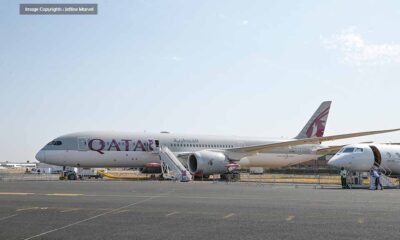
 Aviation2 months ago
Aviation2 months agoQatar Airways bans these new Electronic Devices on plane
-
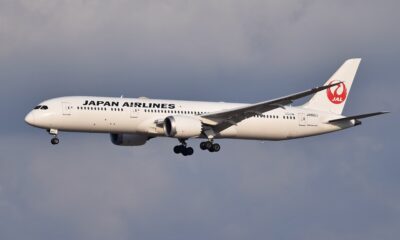
 Airlines2 months ago
Airlines2 months agoJapan Airlines Rolls Out Free Domestic Flights to International Passengers
-

 Travel2 months ago
Travel2 months agoQatar Airways Launches Four Additional Flights from Amsterdam
-
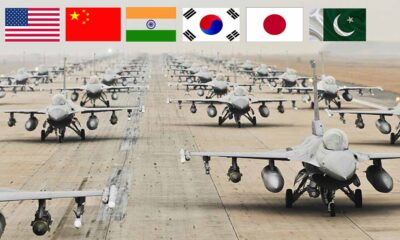
 Defence2 months ago
Defence2 months agoWhich Country Has the Largest Fleet of Fighter Aircraft?
-
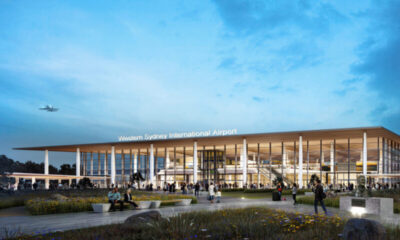
 Airport2 months ago
Airport2 months agoWestern Sydney Airport Welcomes Its First Plane After 6 Years of construction
-

 Airlines4 days ago
Airlines4 days agoDAMAC Air: Dubai’s New Luxury Airline Offers Free Flights for Registration








